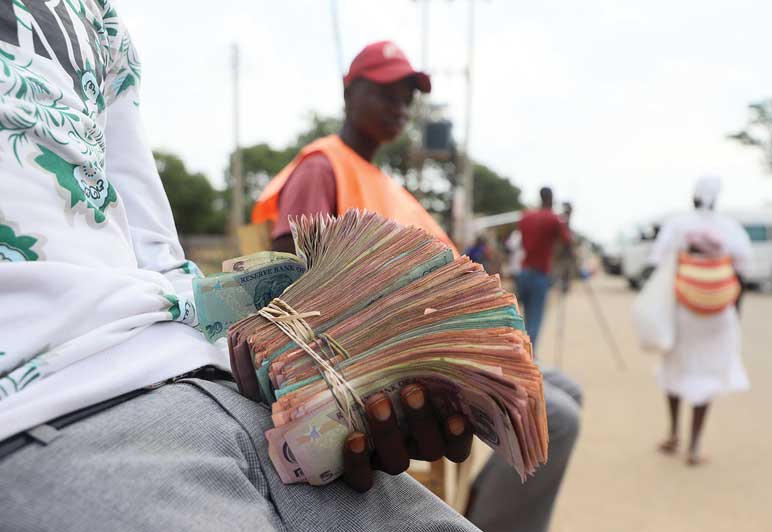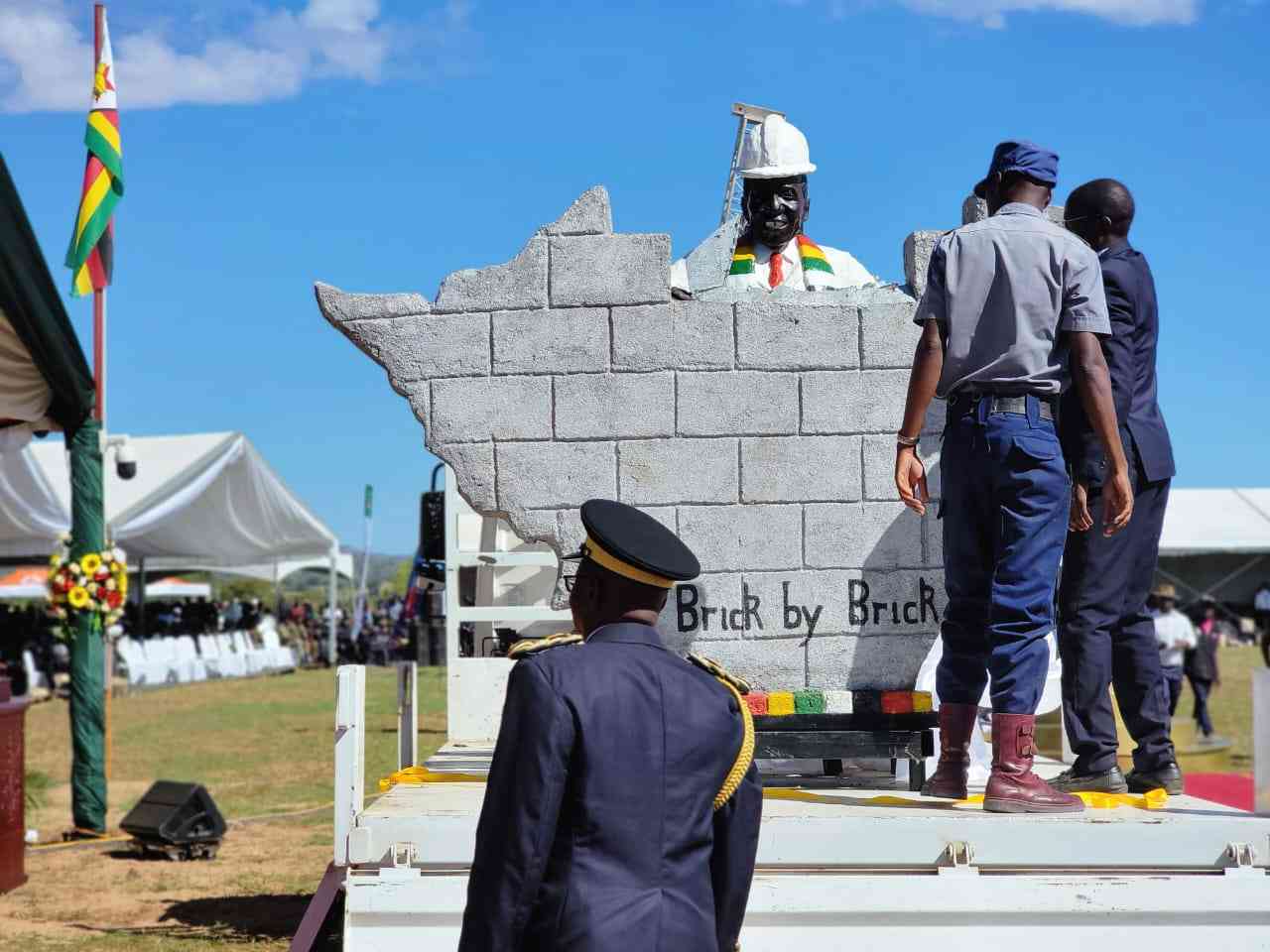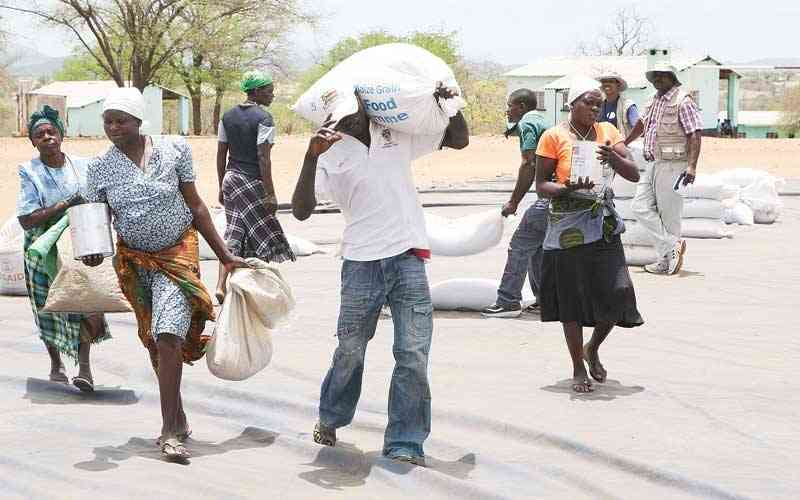
IT is, indeed, tragically sad that Zimbabwe continues to set and break its own records of the worst economic governance imaginable. All this thanks to a leadership which does not believe in economic common sense.
Having set a mind-blowing 500 billion percent inflation rate ever recorded in humankind history in December 2008, the southern African nation is currently on a steady course to resetting that record, just over a decade later.
But the country has probably set another record as the first nation post the COVID-19 pandemic era to be in stagflation, described as an economic cycle characterised by slow growth and falling demand at a time of high unemployment and rising inflation.
This is quite a very complex and spine-chilling stage that the Zimbabwean economy now finds itself in and every economic policymaker dreads the prospect of untangling an economy out of this deadly quagmire because attempting to correct one thing could easily exacerbate another.
Zimbabwe is in worse than the proverbial catch 22 situation and saying it is caught between a rock and a hard place is sarcasm at best.
Inflation short up to 256,7% last month, unemployment rate has religiously remained hovering in the 90s, the growth rate has been revised downwards to 4,6% from 5,5% and demand for goods and services has plunged due to incessant price hikes in the wake of dwindling disposable incomes.
The southern African nation’s inflation is now the highest in Africa since February last year when it reached 321,59%, having shot past Sudan’s 235,1% rate. At this rate, by year end Zimbabwe should well be within reach or past global inflation leaders Venenzuela, who are somewhere around 1 000%.
The local currency is currently having it really rough and tough, weakening on both the parallel and official markets despite monetary authorities’ highly-spirited, but often half-hearted efforts to shore it up.
- Chamisa under fire over US$120K donation
- Mavhunga puts DeMbare into Chibuku quarterfinals
- Pension funds bet on Cabora Bassa oilfields
- Councils defy govt fire tender directive
Keep Reading
Despite all the evidence pointing to failed economic policies, monetary authorities insist they are on the right track and even introduced gold coins last week to presumably strengthen the battered and badly mutilated Zimbabwe dollar.
And as they launched the gold coins, the Zimbabwe School Examinations Council (Zimsec) was telling us that the local currency’s life was under serious threat. To pay for examination fees Zimsec told parents, guardians and students to use an exchange rate of US$1:$455 between July 22 and 29. After extending the deadline by another week to August 5 the exams body changed the rate to US$1:$488. The two rates are all well above the official bank and auction rates of US$1:$443 and US$1:$410, respectively.
This is just one example of the many dire micro-economic situations confronting the economy. One shudders to imagine what the next few months hold in store for this misery-stricken nation, and economic experts describe stagflation as the “worst of all worlds”.
While economic experts say the damage is sometimes repaired by increasing wages which may increase demand, in the Zimbabwean situation that proposition sounds like prescribing poison to a dying patient, given that our headstrong government continues to adamantly refuse to dollarise the economy.











